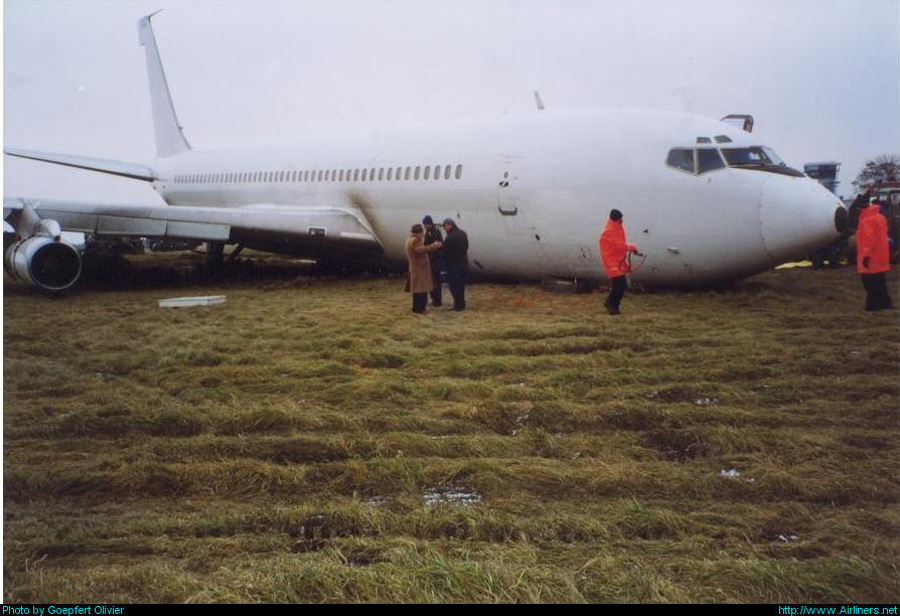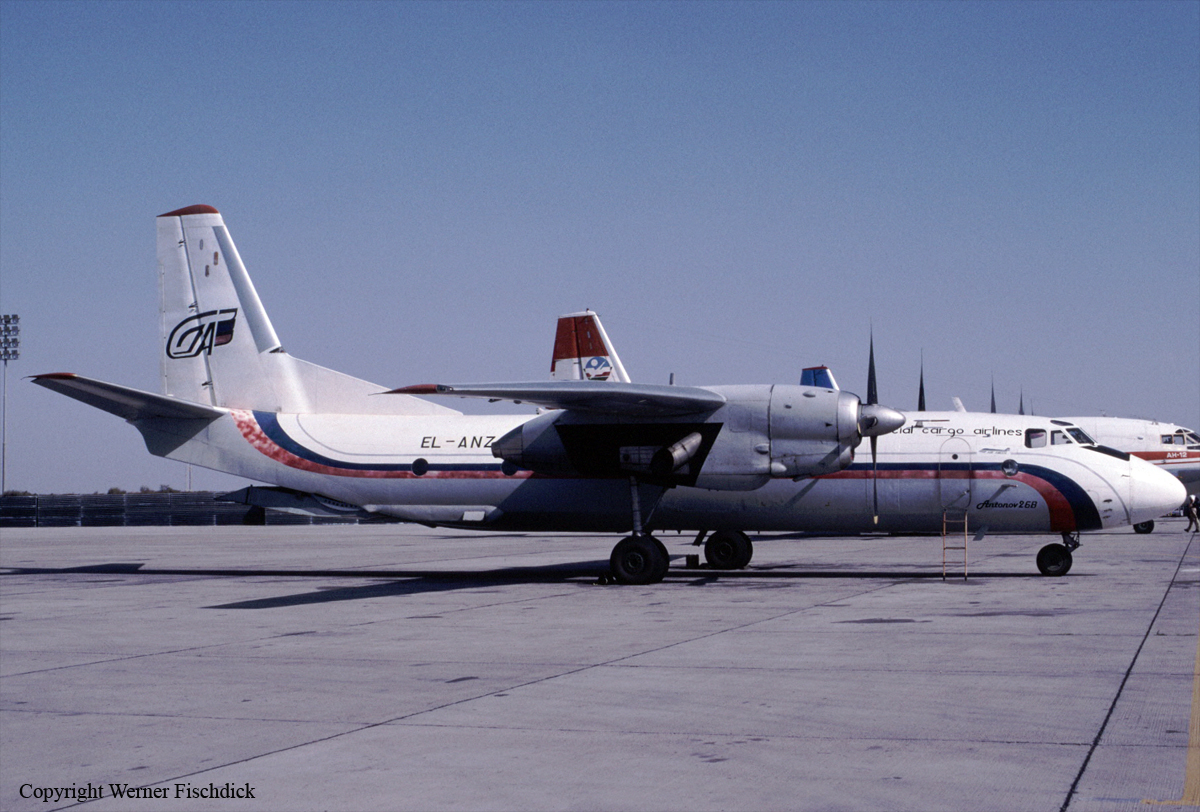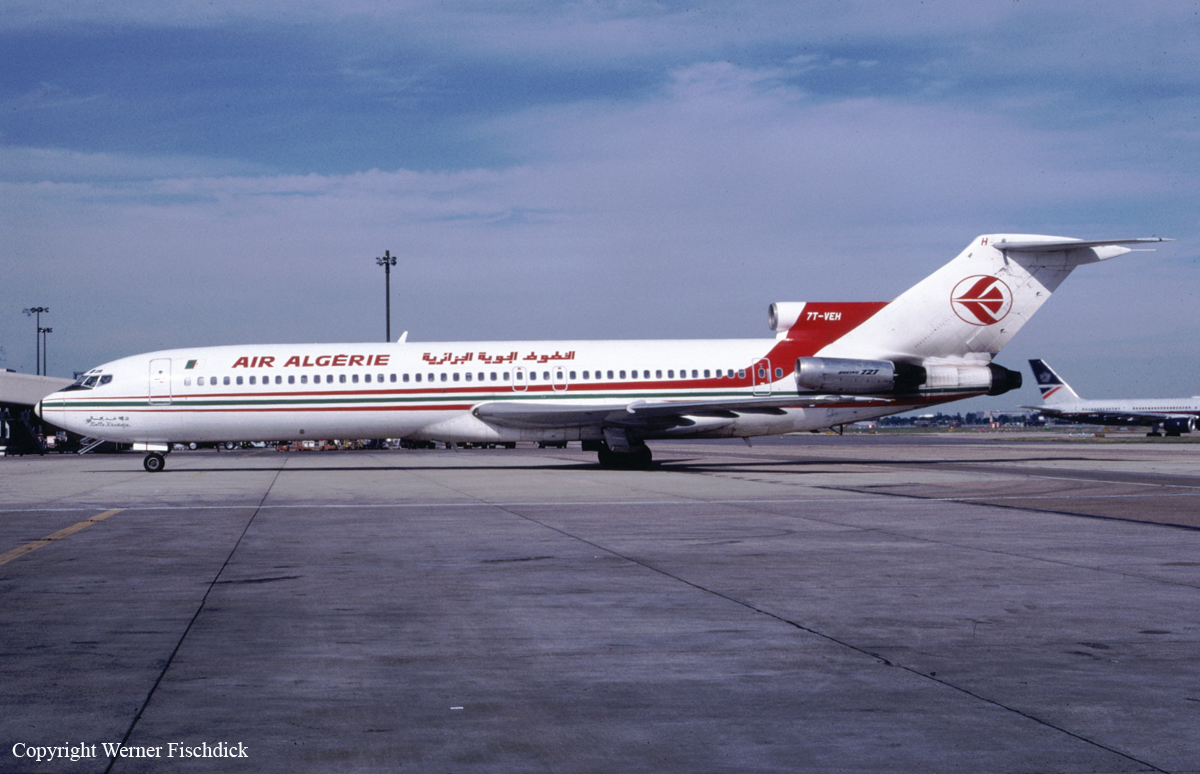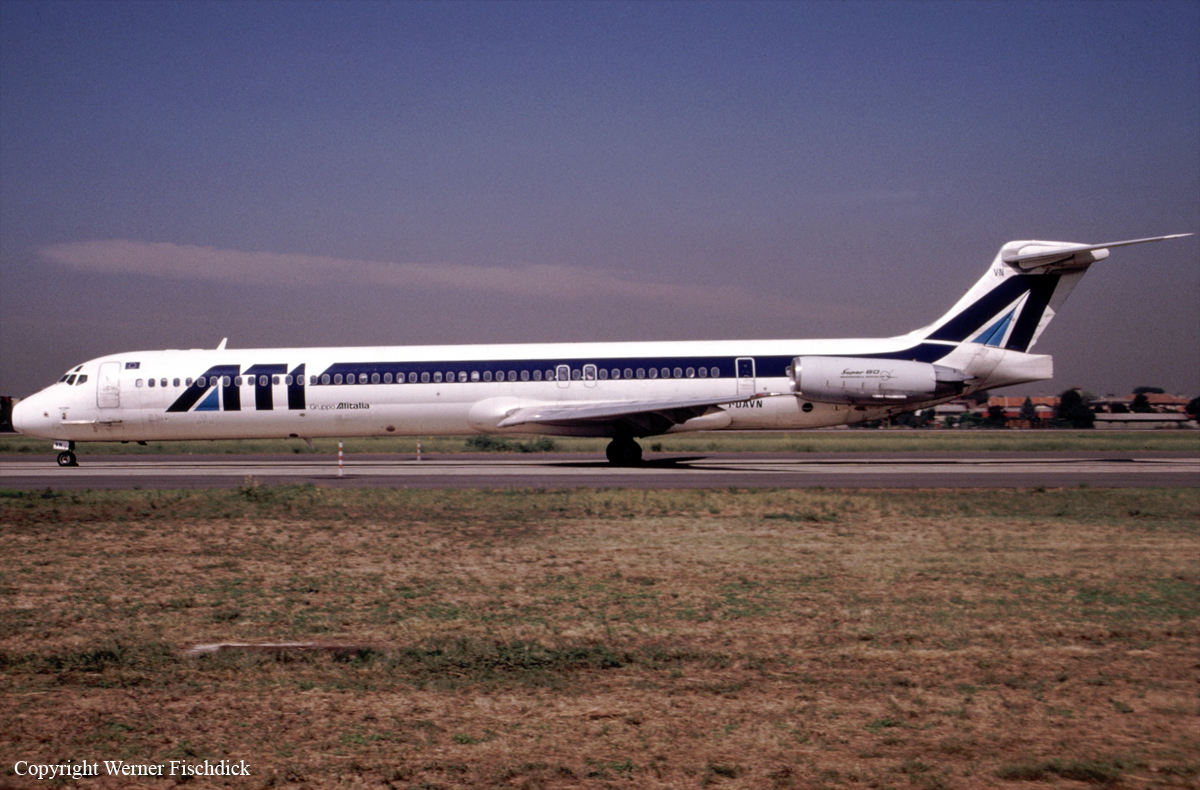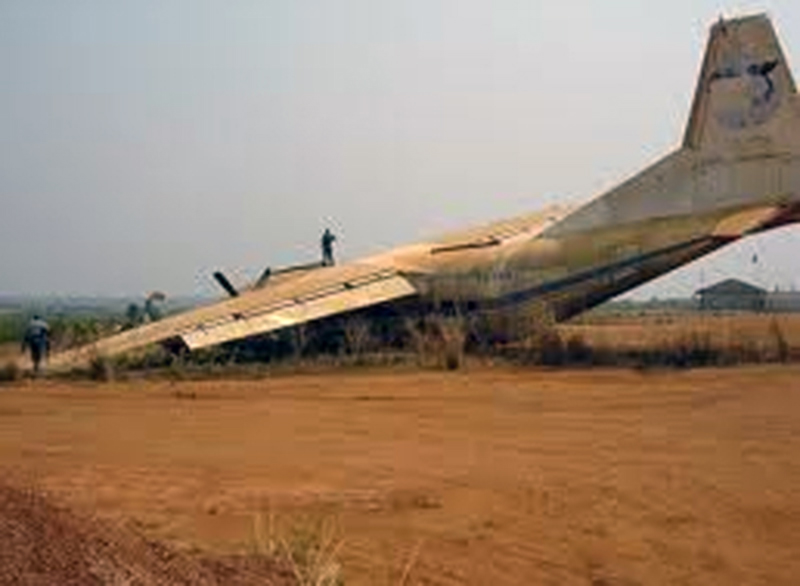Crash of a Boeing 707-328C in Bratislava
Date & Time:
Feb 7, 1999 at 2344 LT
Registration:
9G-ROX
Survivors:
Yes
Schedule:
Bratislava – N’Djamena
MSN:
19521
YOM:
1967
Crew on board:
3
Crew fatalities:
Pax on board:
4
Pax fatalities:
Other fatalities:
Total fatalities:
0
Circumstances:
The aircraft was leased to a Belgian charter broker around June 1998 to operate fish charter flights between Mwanza and Vienna. The aircraft was in fact seen on many other airports, Bratislava, Ostrava and Lubumbashi. At the time of the accident, the plane is understood to have had a long list of 32 faults that needed urgent repair. Problems included a limited EGT of n°1 & 4 engines; n°3 engine constant speed drive (CSD) gearbox was consuming a 'massive amount of oil'; n°1 engine CSD generator missing; n°2 engine required bleed on takeoff and above FL330; left wing leading edge cracked and leaking; n°4 fuel tank and reserve tank gauge not working. Decision to ferry the aircraft to N'Djamena was taken on February 7. During the takeoff roll the n°2 & 3 engines failed. The takeoff was aborted but the aircraft could not be stopped within the remaining distance. It overran, lost its nose gear and came to rest 200 metres past the runway end. All seven occupants escaped uninjured while the aircraft was damaged beyond repair.

